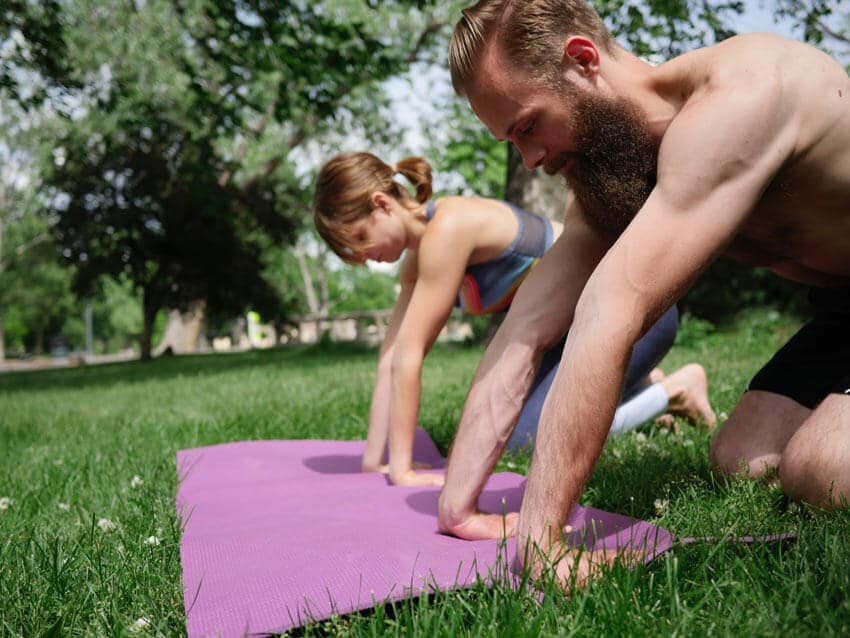Strong Joints for Balance

"A great handstand is not by accident" - Coach Christopher Sommer
Today we will be discussing the Gymnastics Handstand. Specifically, we will detail how the wrists, elbows, and shoulders work together to keep your body aligned and balanced while you are upside-down in a handstand.
Here at GymnasticBodies we teach and train handstands in true gymnastics fashion, achieving balance by keeping the shoulders open, core tight, and body aligned. As such, you will need to consistently work on your wrists, elbows, and shoulders to make sure that they have both mobility and stability to hold this position. Handstand and other balance training can also improve your quality of life, so use the following tips to progress in your Gymnastics Strength Training™ and learn how to do a proper handstand.
Strong and Mobile Wrists
When you are balancing in a handstand, the first points of contact with the ground are your fingers, hands, and wrists. For most beginners who are learning how to do a handstand for the first time, one of the biggest limiting factors will be your wrists. Simply put, our daily life of typing at a computer and texting on a phone do not prepare your wrists to be able to handle the load of your entire bodyweight upside-down.
Fortunately, the GB Handstand Series begins with dozens of exercises and mobility drills specifically designed to increase your wrist strength and flexibility. When you are balancing in a handstand, your wrists need to be able to make tiny adjustments one way or another in order to keep your body aligned and static. In order to get the most bang for your buck out of your gymnastics workouts, prioritize your wrist mobility to improve your handstand balance.
Stable and Straight Elbows
Moving up your arm, the next joints that we will talk about for better balance in a handstand are your elbows. Coach Sommer likes to make the joke that "almost straight is still bent," and what this means for your gymnastics training is that you need to learn how to straighten your elbows under load. This will require that your biceps are flexible enough to allow your elbows to straighten out, as well as that your triceps and other muscles are strong enough to keep them there.
A great drill to improve your handstand balance is simply bending and straightening your arms while supporting your bodyweight. For beginners, this can just be in a plank position on the floor, and for more advanced trainees this can be in a handstand facing the wall. Keep your body tight and legs together, and just focus on slightly bending and subsequently straightening elbows for reps.

Shoulder Mobility: The Deal Breaker
If you are serious about improving your balance, getting better at your handstands, and making progress in your gymnastics training, then you will need to make shoulder mobility a priority. Virtually all of the GB Courses involve some aspect of shoulder mobility, and that is partly due to the fact that Coach Sommer realized how big of an issue it is for most sedentary adults. If you cannot comfortably and easily reach overhead, hang from a bar, or hold your arms behind you, then you have some shoulder mobility deficits that need to be addressed.
The GymnasticBodies Thoracic Bridge Stretch Series is the most comprehensive shoulder strength and flexibility online course out there, and it will lead you through dozens of exercises to improve the range of motion in your upper body. We were all born with joints that moved through their proper ranges with comfort and ease, and it was only through years of improper training and sedentary lifestyles that we became stiff and tight. Reclaim your birthright, and focus on improving your shoulder mobility for better handstand balance today.

